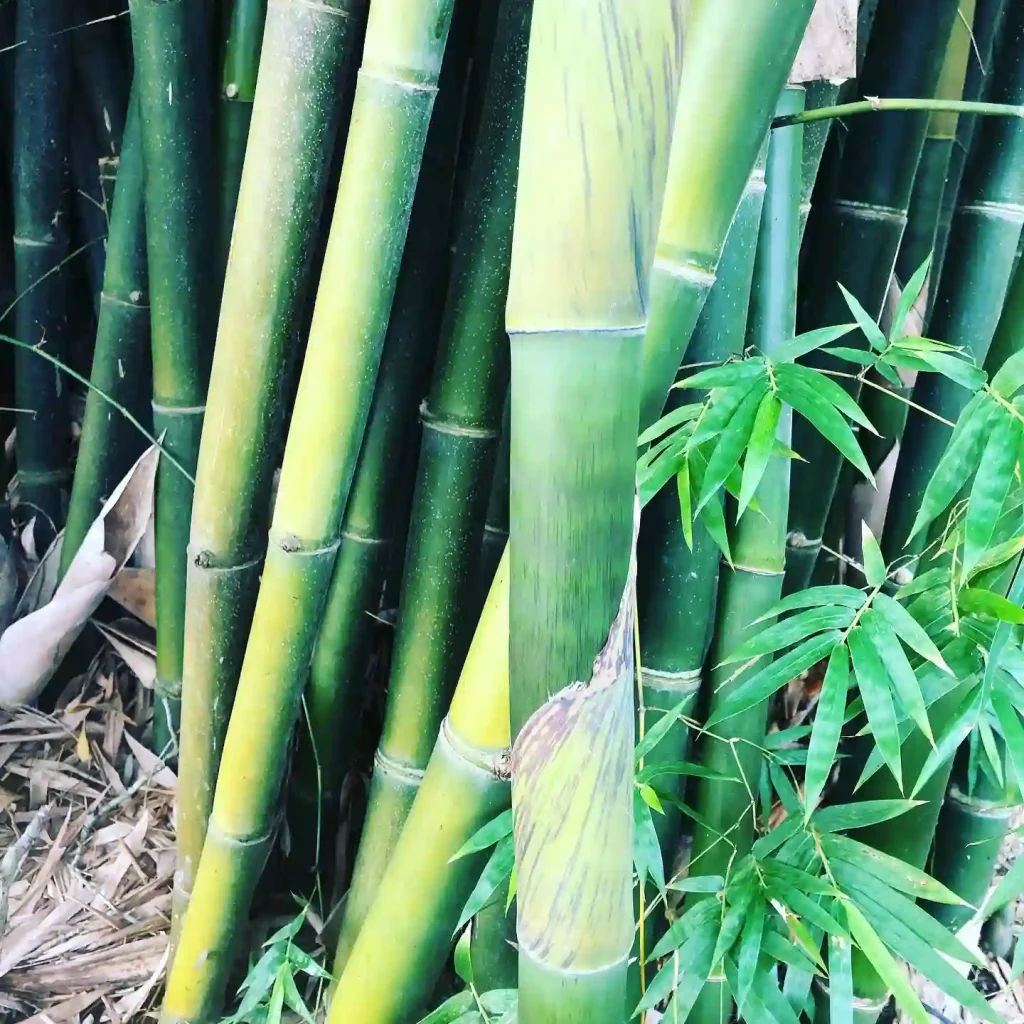
FAQs About Ageratum Houstonianum: Everything You Need to Know
When I first came across Ageratum Houstonianum, commonly known as the floss flower, I was instantly intrigued by its vibrant colors and charming appearance. As I delved deeper into growing and caring for this plant, I found myself with many questions. Here’s a comprehensive guide to some of the most frequently asked questions about Ageratum Houstonianum, based on my experiences and research.
38 Species in Genus Ageratum – Floss Flower
How to Grow Ageratum Houstonianum?
Growing Ageratum Houstonianum is relatively straightforward, and it’s perfect for both novice and experienced gardeners. I’ve found that this plant thrives in well-drained soil with plenty of sunlight. Here’s a step-by-step guide based on what worked for me:
- Choose the Right Location: Select a spot that gets full sun to partial shade. While it can tolerate some shade, Ageratum Houstonianum blooms best in bright sunlight.
- Prepare the Soil: Ensure the soil is well-draining. I mix in compost to improve soil structure and fertility. The ideal pH for Ageratum Houstonianum is slightly acidic to neutral.
- Planting: Space the seedlings about 8 to 12 inches apart to allow for their spreading habit. I usually start them indoors about 6 to 8 weeks before the last frost date, then transplant them outside after the danger of frost has passed.
- Watering: Keep the soil consistently moist but not soggy. I water the plants regularly, especially during dry spells, but avoid overwatering, which can lead to root rot.
- Fertilizing: Ageratum Houstonianum benefits from a balanced fertilizer. I apply a general-purpose fertilizer every 4 to 6 weeks during the growing season.
How to Care for Ageratum Houstonianum?
Proper care is essential to keep Ageratum Houstonianum healthy and vibrant. Here are some tips based on my experience:
- Deadheading: Regularly remove spent blooms to encourage continuous flowering. This helps the plant focus its energy on producing new flowers rather than seed production.
- Pruning: I lightly prune the plants to maintain their shape and remove any leggy growth. This promotes a bushier appearance.
- Pest and Disease Control: Watch out for pests like aphids and spider mites. I’ve had success treating these with insecticidal soap. Also, avoid overhead watering to reduce the risk of fungal diseases.
- Winter Care: In colder regions, I treat Ageratum Houstonianum as an annual. In warmer climates, it may persist year-round, but I usually mulch around the base to protect the roots.
How to Propagate Ageratum Houstonianum?
Propagating Ageratum Houstonianum is quite simple. I prefer to start new plants from seeds, but you can also propagate by cuttings. Here’s a quick rundown:
- From Seeds: Start seeds indoors 6 to 8 weeks before the last frost date. Sow them on the surface of moist seed-starting mix and lightly cover them. Keep them in a warm, bright location until germination.
- From Cuttings: Take stem cuttings from a healthy plant in the spring or early summer. Dip the cut ends in rooting hormone and plant them in a moist, well-draining medium. Keep them in a warm, humid environment until roots develop.
What Does Artist Blue Ageratum Houstonianum Look Like?
The term “Artist Blue” refers to a specific variety of Ageratum Houstonianum known for its striking blue flowers. From my experience, Artist Blue Ageratum Houstonianum features dense clusters of tiny, fluffy blooms in a vivid blue shade. The plant has a compact growth habit with dark green foliage that contrasts beautifully with the blue flowers.
Is Ageratum Houstonianum Edible?
Ageratum Houstonianum is not considered edible. While it’s not toxic to humans, it’s not grown for consumption. I’d recommend using it purely for ornamental purposes in your garden.
Can You Grow Ageratum Houstonianum Indoors?
While Ageratum Houstonianum is typically grown outdoors, it can be grown indoors if provided with adequate light. I’ve successfully grown it in containers with good drainage and a sunny window or under grow lights.
Is Ageratum Houstonianum Toxic?
Ageratum Houstonianum is not toxic to pets or humans. It’s generally safe to handle, though, as with any plant, it’s best to keep it out of reach of pets that might chew on it.
Benefits of Growing Ageratum Houstonianum
One of the main benefits of Ageratum Houstonianum is its long-lasting bloom period. It provides vibrant color throughout the summer and into fall, which I find adds a lovely pop of color to any garden. Additionally, its low-maintenance nature makes it an excellent choice for busy gardeners.
Common Problems with Ageratum Houstonianum
A common issue I’ve encountered is powdery mildew, especially in humid conditions. To combat this, I ensure proper spacing for air circulation and avoid overhead watering. Other problems include aphids and root rot, which can be managed with appropriate pest control measures and proper watering techniques.
Comparing Ageratum Houstonianum with Other Similar Plants
If you’re considering alternatives, you might compare Ageratum Houstonianum with plants like Euphorbia Hypericifolia or Verbena, which also offer vibrant blooms and similar care requirements. While Ageratum Houstonianum is known for its fluffy flower clusters, these alternatives might provide different flower shapes and growth habits.
In conclusion, Ageratum Houstonianum is a delightful addition to any garden with its beautiful blooms and ease of care. Whether you’re growing it outdoors or indoors, this plant can bring vibrant color and joy to your space.
If i die, water my plants!



